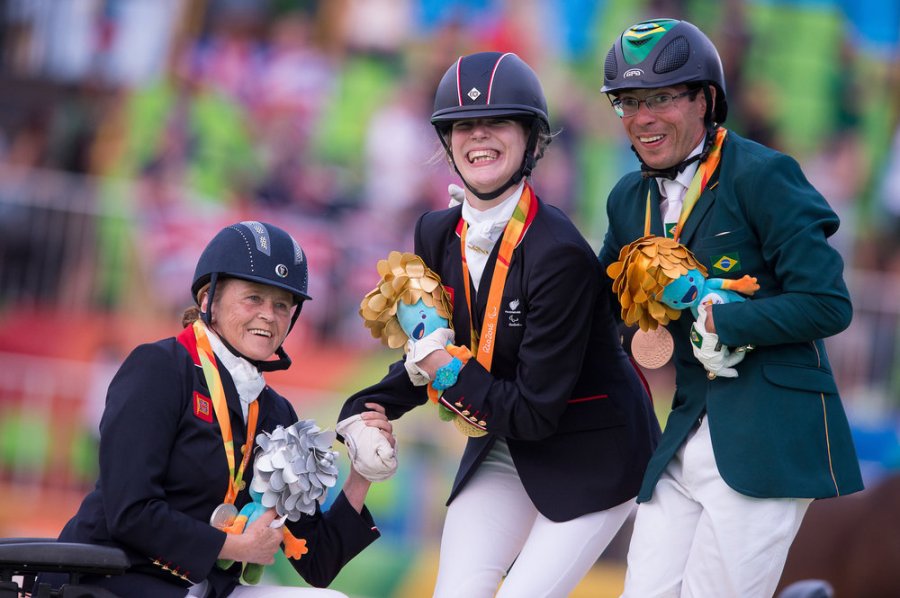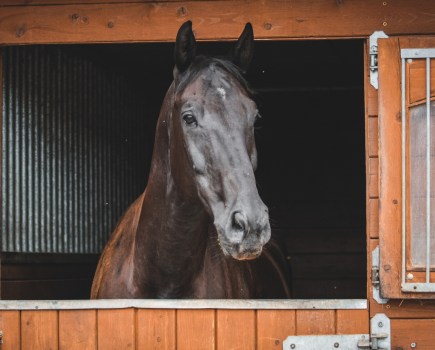Para rider, Nicola Naylor, explains all about getting started in para riding.
How do you get started in para dressage riding?
I started by doing Riding Club and British Dressage non-para classes with lots of support from friends, family and helpful venues.
You could also go to Riding for the Disabled Association (RDA) dressage competitions, and British Dressage has started some para Intro level competitions to get riders into the sport.
Para dressage grades explained
Grade I is for the most impaired riders and grade IV for the least.
The RDA will assess a rider, and this involves a medical examination to determine which grade they should ride in.
Each grade has its own set of tests that increase in difficulty according to the rider’s grade or level of impairment.
How to find the perfect para horse
Different para riders look for different things according to their degree and type of disability and their goals.
The quality of para horses has improved as the sport’s grown and the competition’s intensified.
I have two goals, which are to compete in para events and work up the non-para levels and become a better rider.
Ideal horses to seek out are ones that are supple and willing with good minds.
I have a range of horses ranging from five to 11 years old. Learning to cope with their differences improves my riding, but does take time.










